How To Make A Dichotomous Key On Google Docs
21 June – 27 June 2021
Objectives
- Ascertain vocabulary associated with found morphology, reproductive and vegetative
- Use a dichotomous key to identify plants
- Create a dichotomous cardinal
- Create a plant press, preserve plant specimens
- Place biomes local to your area
- Make observations of local flora and share
Reading and Lecture
Please watch all of the videos beneath. The family-specific videos this calendar week comprehend Brassicaceae and Ericaceae. I've likewise included information virtually various fruit types, instructions on how to employ dichotomous keys, and instructions on how to press plants. I encourage you to watch them more than once every bit this course progresses.
Family: Brassicaceae
| Near Brassicaceae | Live Dissection (Brassicaceae) |
Family: Ericaceae
More than Near Fruits
| Fruits: Dry, Dehiscent | Fruit: Dry out, Indehiscent, Capsules | Fruit: Fleshy, Simple |
| Fruit: Fleshy, Multiple, Aggregate |
Introduction to Dichotomous Keys (video with LEGOs)
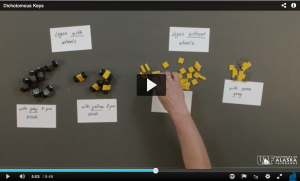 | In this week's module, and throughout the class, you lot will exist using dichotomous keys for identification. The live dissection videos I provide highlight the of import features of several plant families and species that can be used with the Hulten Fundamental (linked in Sail). Yous will find boosted identification practice exercises nether Resources->Dichotomous Central Practice. |
Pressing Plants
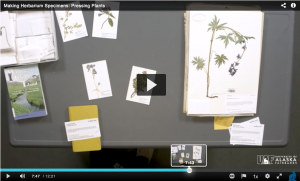
Biomes (Virtual Field Trips)
Alaska'south landscape is a land of contrasts in climate, physical geography and vegetation. We notice the highest peak in Northward America within the state (Denali at 20,310 feet = 6,190 m) , equally well equally vast expenses of boggy lowlands. The climate varies from mild and wet to cold and dry. The state spans nearly 2,100 km of breadth and three,500 km in longitude and supports alpine, fast-growing forests in Southeastern Alaska (with the tropical pelting woods elements), and low, tedious-growing boreal forests in the Interior, every bit well equally tree-less tundra in the north of the country. (Summarized from Viereck and Niggling. 2007. Alaska Trees and Shrubs. University of Alaska Press.)
There are numerous vegetation types (biomes) institute in Alaska. Each tin can be characterized based on the most important trees and shrubs occurring within these vegetation types. Follow the links below to visit and explore each 360 º biome.
Interior Forest
Subalpine tundra
Low-growing spruce woods
Treeless bogs
Floodplain thickets
Activities
Complete the two activities outlined below for this week.
Plant Morphology Quiz 2
The Vegetative Morphology quiz will help reinforce your understanding of the vocabulary associated with the aspects of plant morphology covered in the vegetative morphology videos pertaining to leaves. The quiz is meant to serve as a written report assistance, and you lot are able to take it equally many times every bit you like. Y'all volition find the quiz by going to the Sail site for this course, then navigating to Course Modules -> Calendar week ii and then Quiz two. The grade of your final attempt will be recorded in the course heart.
Identification Using Dichotomous Central
Using provided keys, identify the violets and spruce in the plates below. Be sure and watch the video, "Introduction to Dichotomous Keys (video with LEGOs)" start!. In that location are two species of violets that you should exist able to place using the provided fundamental, and two species of spruce. For the violets, note that neither of them has a stem, rather the leaves and flowers arise straight from the rhizome.
Employ the two keys linked below to identify the two types of violets, annotation that both lack a well-developed rootstock (sorry, no pictures of the rootstock).
- Violet Key – Hulten
- Violet Key – Cody

Higher up are images of the first violet species to be keyed out.
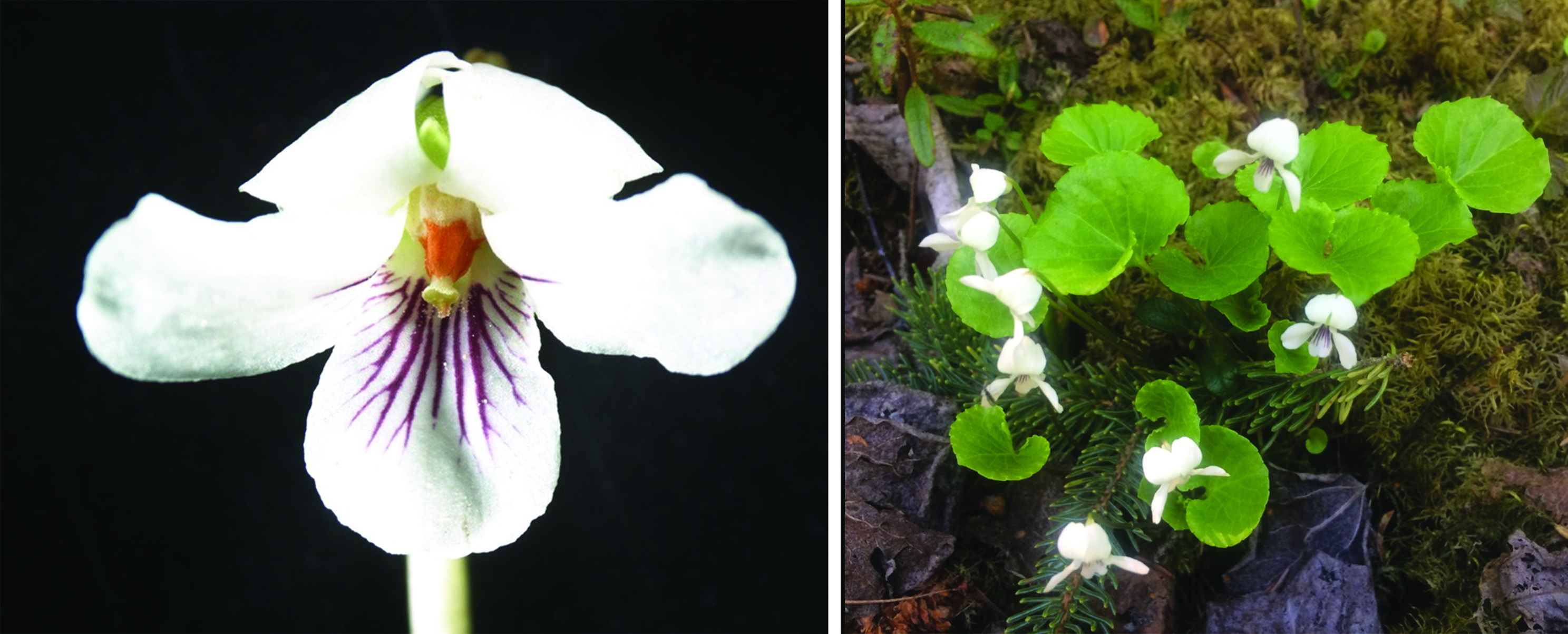
Above are 2 images of the 2d violet species.
To identify the bandbox plates below, utilize the linked Hulten key.
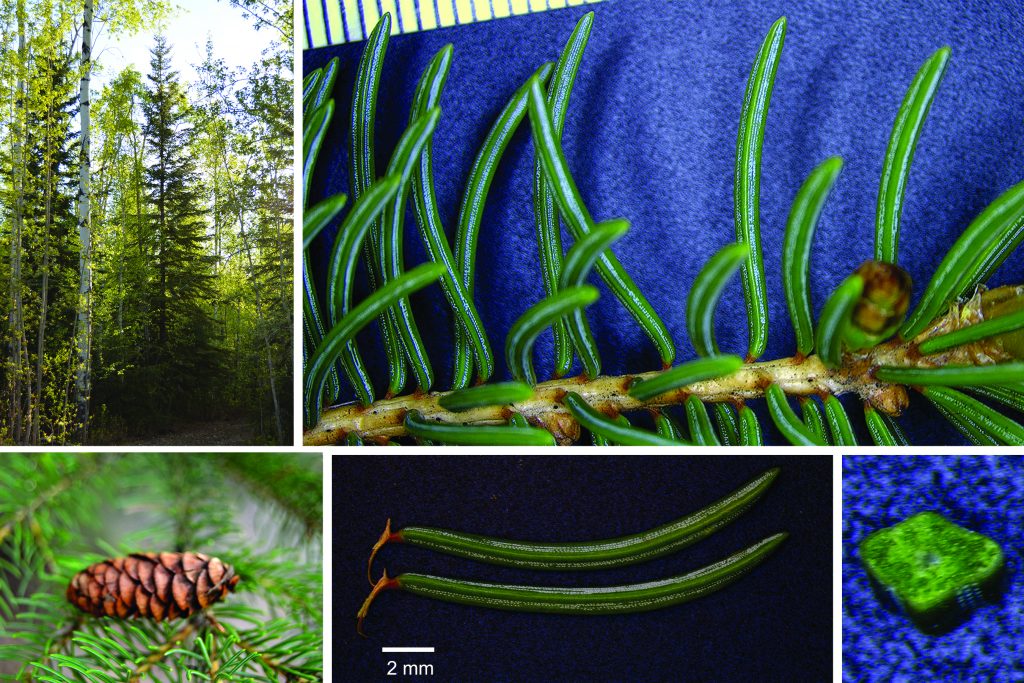
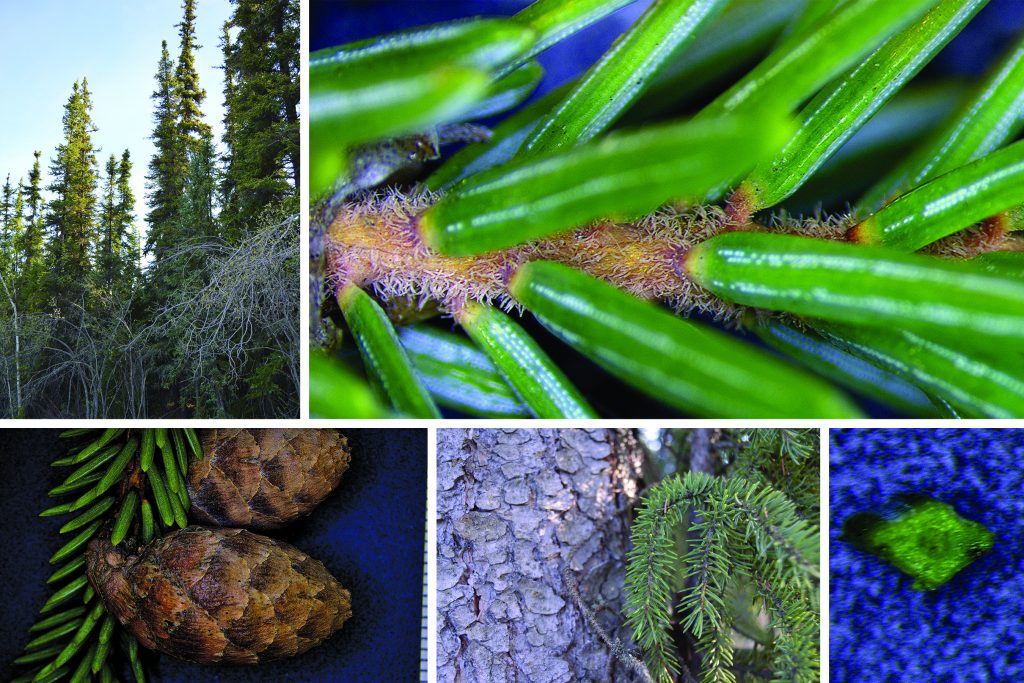
Assignments
You have three assignments for this week. The instructions for each are given below.
Create Your Own Dichotomous Key
Call back back to the dichotomous fundamental activity yous just completed, the Lego video, and the Hulten and Cody keys you used. You will now create your own (unofficial) central for the purpose of differentiating plants in the 4 plates (plants i-iv) below.
- Using the provided constitute images below, construct a dichotomous key. Your key will be used to identify the specimens in the plant images below (do not worry virtually genus species, merely full general categories are needed). Think of each collection of images as a found species (full-sized images are linked to the thumbnails).
- Keep in mind that you are not identifying each constitute to species. Instead, y'all are observing the characteristics of each plant to create the key.
- Build your ain fundamental in MS Word or Google Docs or upload a screenshot of your key.
- Submit your key as a new postal service here on the class website. Exist sure and select the "Dichotomous Key" category when yous create your postal service.
| Found 1 | Plant ii | Plant iii | Plant 4 |
|---|---|---|---|
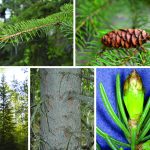 |  | 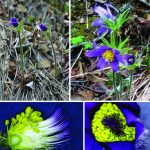 |  |
iNaturalist Observations
Make 5 observations to iNaturalist. Be sure to include them in the Plants and Fungi of Alaska project when submitting each ascertainment.
Making Institute Voucher Specimens Using a Plant Press
- After watching the Pressing Plants video (above), make institute collections (3) from your grand and press the specimens in paper.
- Submit images (iii) of your work as a new post here on the class website. Be certain and use the "Pressed Plants" category when yous create your post.
- Each voucher specimen should show the overall vegetative morphology of the plant likewise as the reproductive structures of the establish, and a label with the pertinent information about where, when and who collected it. It is best to lay the pressed specimen on a white sail of paper or cardboard and lay the label abreast information technology (in the lower right hand corner of the newspaper or cardboard).
Source: https://introtoflora.community.uaf.edu/module-2/
Posted by: burnettannold.blogspot.com

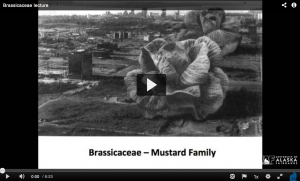
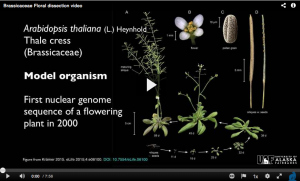
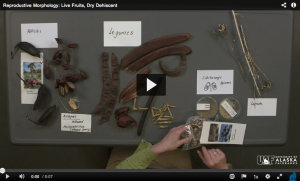
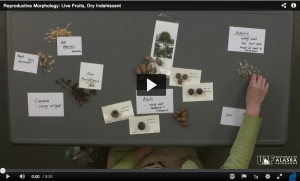
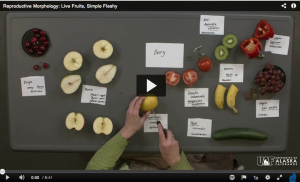
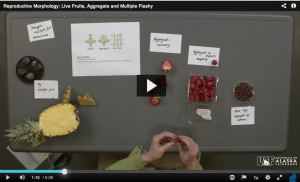

0 Response to "How To Make A Dichotomous Key On Google Docs"
Post a Comment